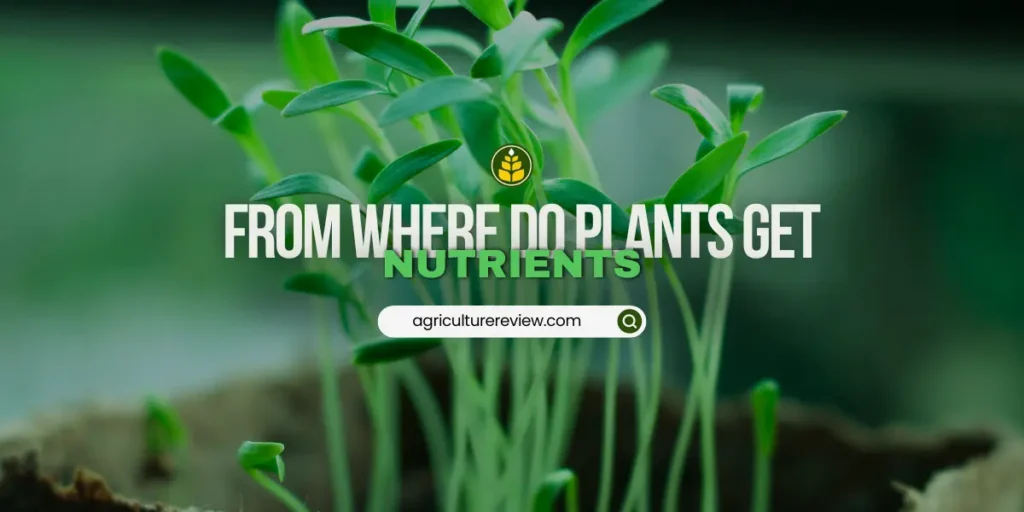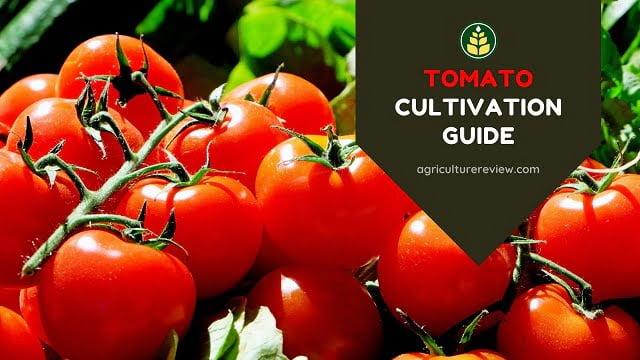Plants get nutrients from soil, air and water. There are total 16 essential nutrients that are Carbon (C), hydrogen (H), oxygen (O), nitrogen (N), phosphorus (P), potassium (K), calcium (Ca), magnesium (Mg), sulfur (S), Boron (B), chlorine (Cl), copper (Cu), iron (Fe), manganese (Mn), molybdenum (Mo), nickel (Ni), and zinc (Zn).

These essential nutrients are further divided into macronutrients and micronutrients based on the quantities in which they are required. The majority of the nutrients are absorbed by the roots of the plant through osmosis, i.e., active transport. Plants also form symbiotic relationships with mycorrhizal fungi which helps in nutrients absorption.
Plants absorb carbon and oxygen from the air while other essential nutrients are absorbed from the soil. Moreover, plants easily take nutrients through the stomatal pores present on their leaves. That’s why foliar application of nutrients or fertilizers is beneficial in promoting the growth of plants.
To supply nutrients to the plants decomposition of the dead and decaying matter in the soil is necessary. Farmers apply fertilizers to compensate for the unavailable nutrients in the soil which is required to support the growth of crops for commercial production.
If you have any queries, ideas or suggestions, then please comment below. You can also connect with Agriculture Review on Facebook, Instagram, Koo and WhatsApp Messenger.





